On or shortly after March 28, 1839, Texas Rangers, captured, interrogated, and executed two unnamed men who had escaped slavery, leaving their bodies in what may be a mass grave of ranger victims under what is now @SeguinCityHall Chamber of Commerce parking lot.
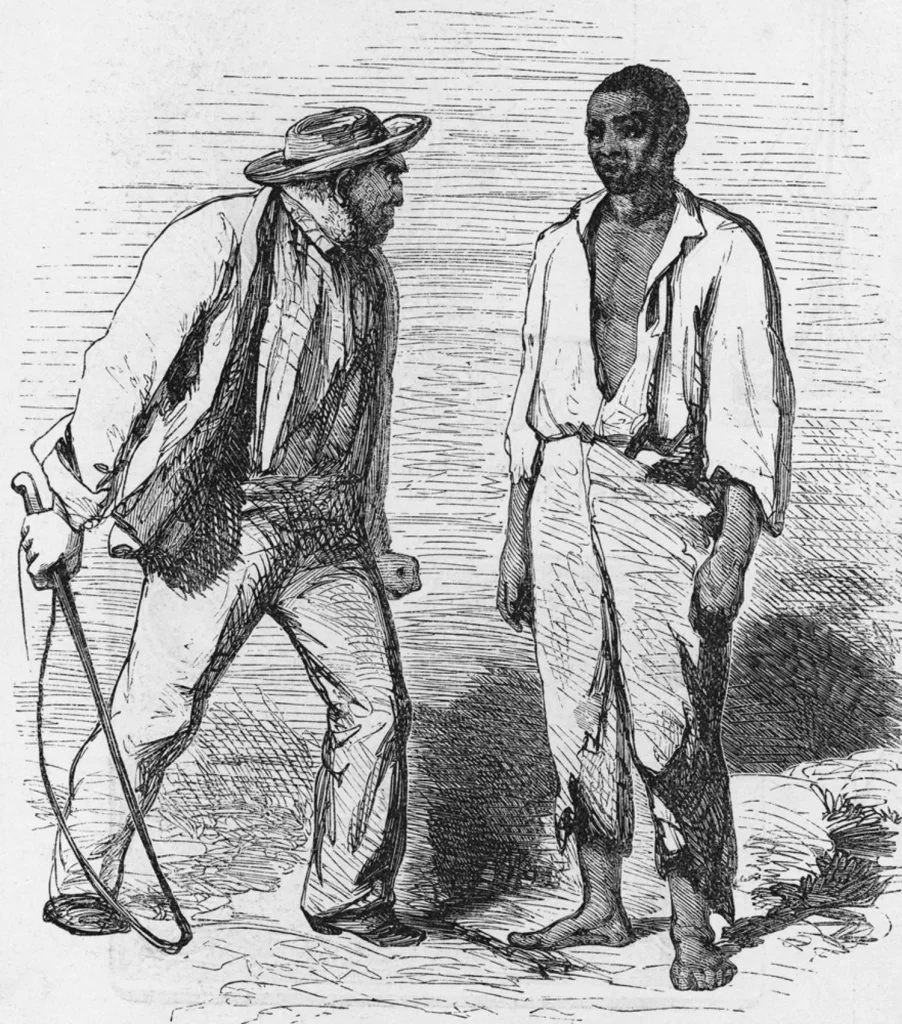
The Rangers and militiamen were under the command of legendary Texas Republic military leader and Ranger Edward Burleson, and including the famous Ranger James Callahan.
Callahan et. al were pursuing rebels against the Republic of Texas led by Vicente Córdova, a Nacogdoches resident who led Tejanos, free Black people, Cherokees, and others in revolt TX b/c encroachments on their land and livelihood by Anglo Texans. https://www.tshaonline.org/handbook/entries/cordova-rebellion
As James Wilson Nichols remembered, after a clash with Córdova’s followers, Burleson’s men “brought in three Negro prisners for the purpose of selling them at auction to the highest bidder.” The 3 “ware crossing the high prairie north east of Seguin” when captured.
Their names are unknown, though contemp. articles give the older man’s name as ‘Raphael.’ Nichols said one “was an old gray haired man somthing near sixty years old, another one was a stout negro man seemingly thirty five years of age, the other a stout likely boy of sixteen.”
After joking about drowning them, one of their captors told them “you will all be sold and the money divided amongst the men that captured you to pay them for their trouble.” This set the older captive off.
“You had better kill us now,” he told his imprisoners, “for we will fight till we die before we will be slaves again . . . I kilt my master and his whole family, nine in nomber, to git my freedom, and I wont be a slave long at a time any more.”
Burleson assembled a “court-martial” that included Callahan to interrogate the men and decide their fate. The older captive repeated his defiance; the middle aged one “said he had never kilt any boddy but would if necessary to gain his freedom if he was put back in slavery.”
Callahan, Burleson, and their compatriots sentenced these two to death, and the boy to be sold. The next day, the two men were marched to a cluster of live oaks across a creek and up a slope west of Seguin. https://www.texasmonthly.com/being-texan/texas-rangers-monuments-seguin/
There the two captives “was furnished with tools and mad to dig their graves.” “The negroes was then mad to kneel on the brink of the grave and Callahan then blindfolded them . . . and gave orders to fire, and both negroes rolled of into the grave.”
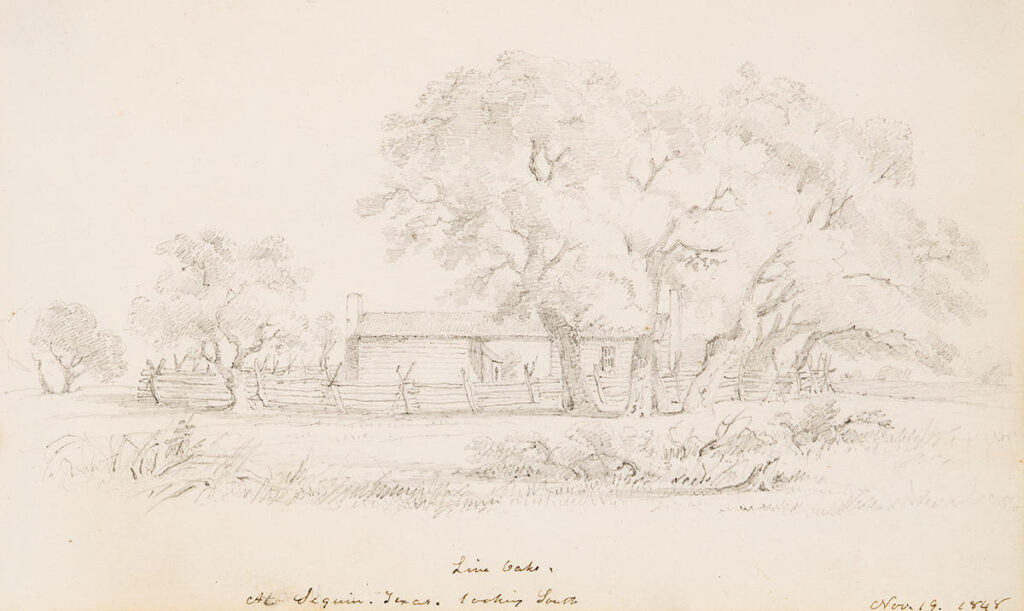
This grave site seems to be the same one celebrated by a marker put up by the city in 2010. It reads “Under Ranger Jack Hays and James Callahan, a group of renegades and Indians were captured, brought to town . . . “ https://www.hmdb.org/m.asp?m=154021
. . . and forced to dig a trench in the area of the Ranger Oaks. The captives were then lined up and shot so their bodies fell into the trench, thus saving some trouble of the burial.” Do their bodies lie under the @SeguinCityHall Chamber of Commerce parking lot?
https://www.hmdb.org/m.asp?m=154021
“After the grave was filled up” Nichols continues, “they proceeded to sell the boy who had been marched thare for the double purpose of witnessing the execution of his comrads and being sold.” https://utpress.utexas.edu/9780292755826/now-you-hear-my-horn/
This horrific incident speaks to the role that slavery played in the Republic of Texas, and that Rangers played in maintaining slavery. Texas was a slave society. In 1836, about 1/7 Texans were enslaved, and the key source of wealth was cotton grown by slave labor.
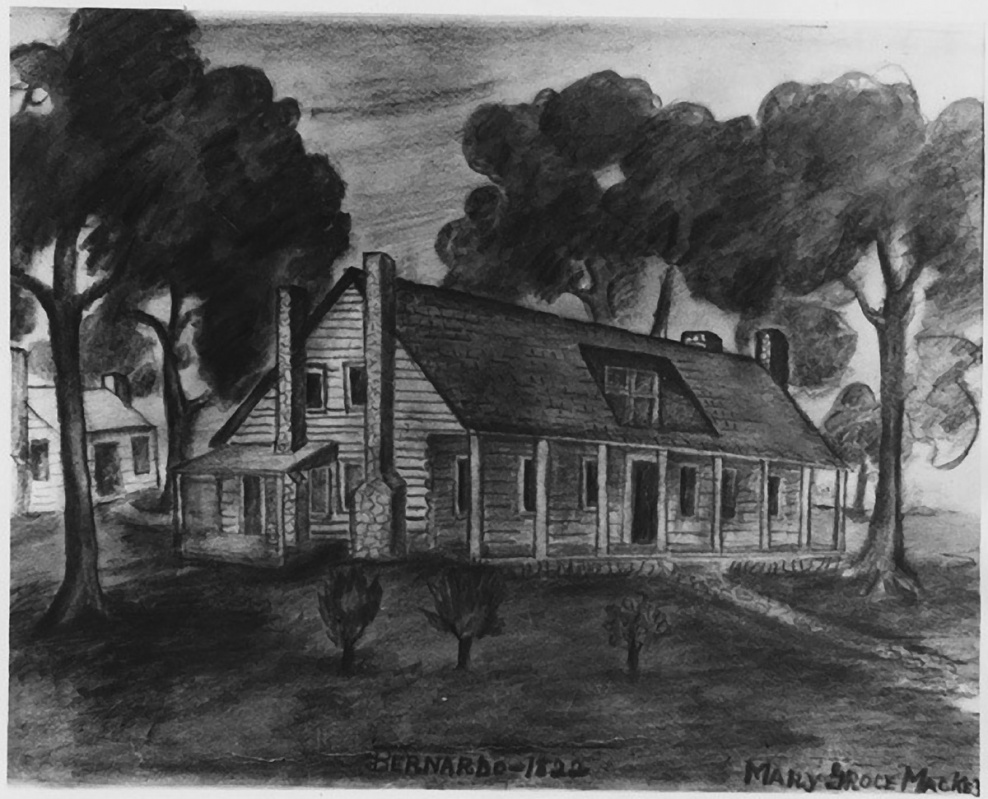
The Republic’s Constitution included strong measures protecting slavery, including making it illegal for any “free person of African descent, either in whole or in part” to live in Texas without a Congressional act. https://tarlton.law.utexas.edu/constitutions/republic-texas-1836/general-provisions
By 1861, when Texas joined the Confederacy in an effort to destroy the United States and secure the future of slavery, one of every three people living in the state was enslaved. https://www.tsl.texas.gov/ref/abouttx/secession/2feb1861.html
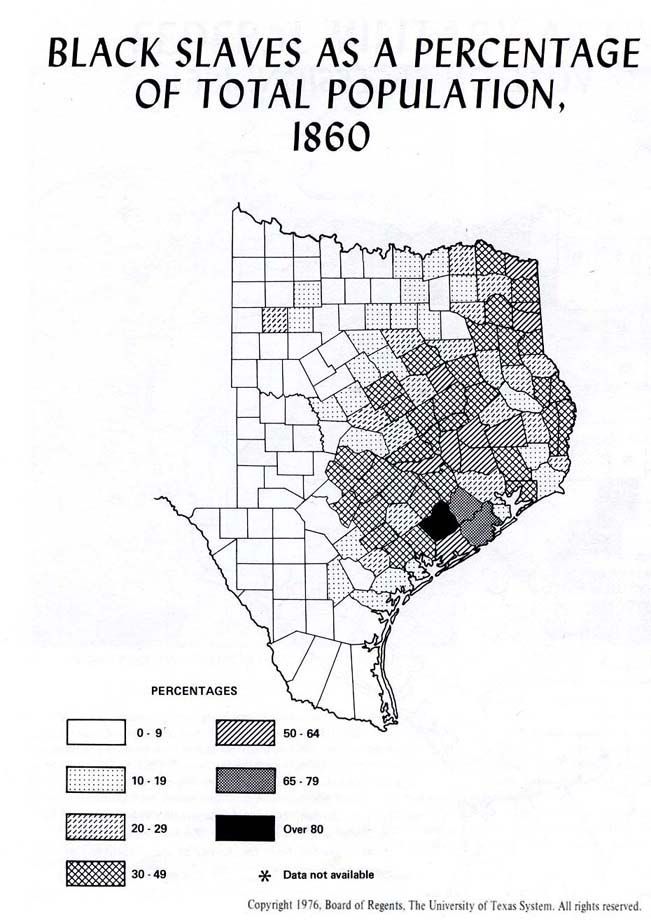
Yet the enslaved wanted to live in freedom, as the speech given by the older man [Raphael?] indicates. Slavery required constant state violence guided by a well-articulated legal code in order to be maintained. Rangers were a part of this.
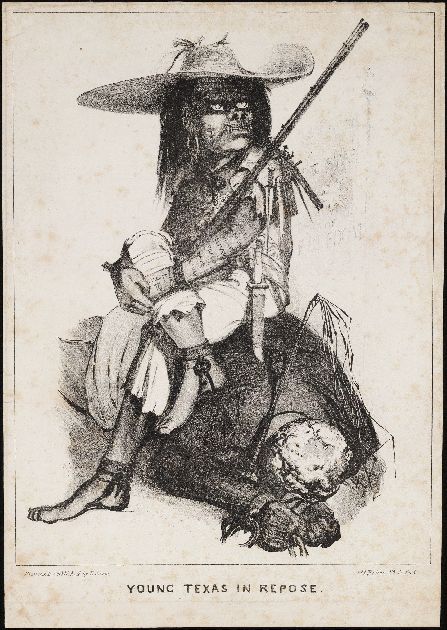
Burleson and Callahan went on to considerable fame and are still celebrated today as heroic figures of the Texas Republic, with little to no mention of the violent enforcement of slavery on display in this and other events.

Burleson went on command the Rangers’ “frontier regiment”, to the Vice-Presidency of the Republic and state Senate. He is buried the State Cemetery as one of the heroes of the Revolution. Central Texas’ Burleson County is named after him. https://cemetery.tspb.texas.gov/pub/user_form.asp?step=1&pers_id=31
Callahan went on serve important roles in the Rangers and other forces of the Republic; later actions will be addressed in future entries. Like Burleson, he is buried at the State Cemetery, has county named after him, and celebrated as a hero of Texas. https://yesterdaysamerica.com/james-hughes-callahan-a-forgotten-texan-hero/
The name of the Black teenager captured and re-enslaved is lost to us, as is his fate. If he lived sixteen years and a few months, he would have again earned his freedom, by the defeat of Texas and other Confederate forces by the U.S. Army, and perhaps celebrated Juneteenth.

Recently, American religious and educational institutions have begun to reckon with their ties to slavery. They document them, publicly acknowledge them, and ask what obligations this connection places upon them. https://www.cic.edu/programs/legacies-of-american-slavery

The @TxDPS @txrangermuseum and https://texasranger2023.org are far from this.
Despite incidents like this one, easily discoverable in a reprinted primary source, we can find no mention of the Ranger role in sustaining slavery in either organization’s materials.
Last fall, @txrangermuseum removed the praise of legendary Ranger “Bigfoot Wallace” for his tracking down enslaved people fleeing for freedom. It is now silent about what it once celebrated. https://refusingtoforget.org/ranger-hall-of-fame-removes-praise-of-slave-catching/
@WiseAboutTexas, next @TxStHistAssoc president, says “Texas Rangers” are “two words that strike fear into the heart of the lawbreaker and hope in the heart of the law abiding.” This fairy tale version of Ranger history leaves no room for slavery. Audible EP. 119: The Texas Rangers: Origins
Presumably the funders of the https://texasranger2023.org like @HEB @ATT @hoteldrover think they are funding a celebration of this kind of uncomplicated heritage. They are also unknowingly supporting the suppression of stories like the Seguin gravesite.
The double murder and re-enslavement of March 16, 1839 is a microcosm of a central paradox of TX and US history: people claiming freedom for themselves stole it from others. What would a history of the Rangers that faced this look like? @cltomlinson

